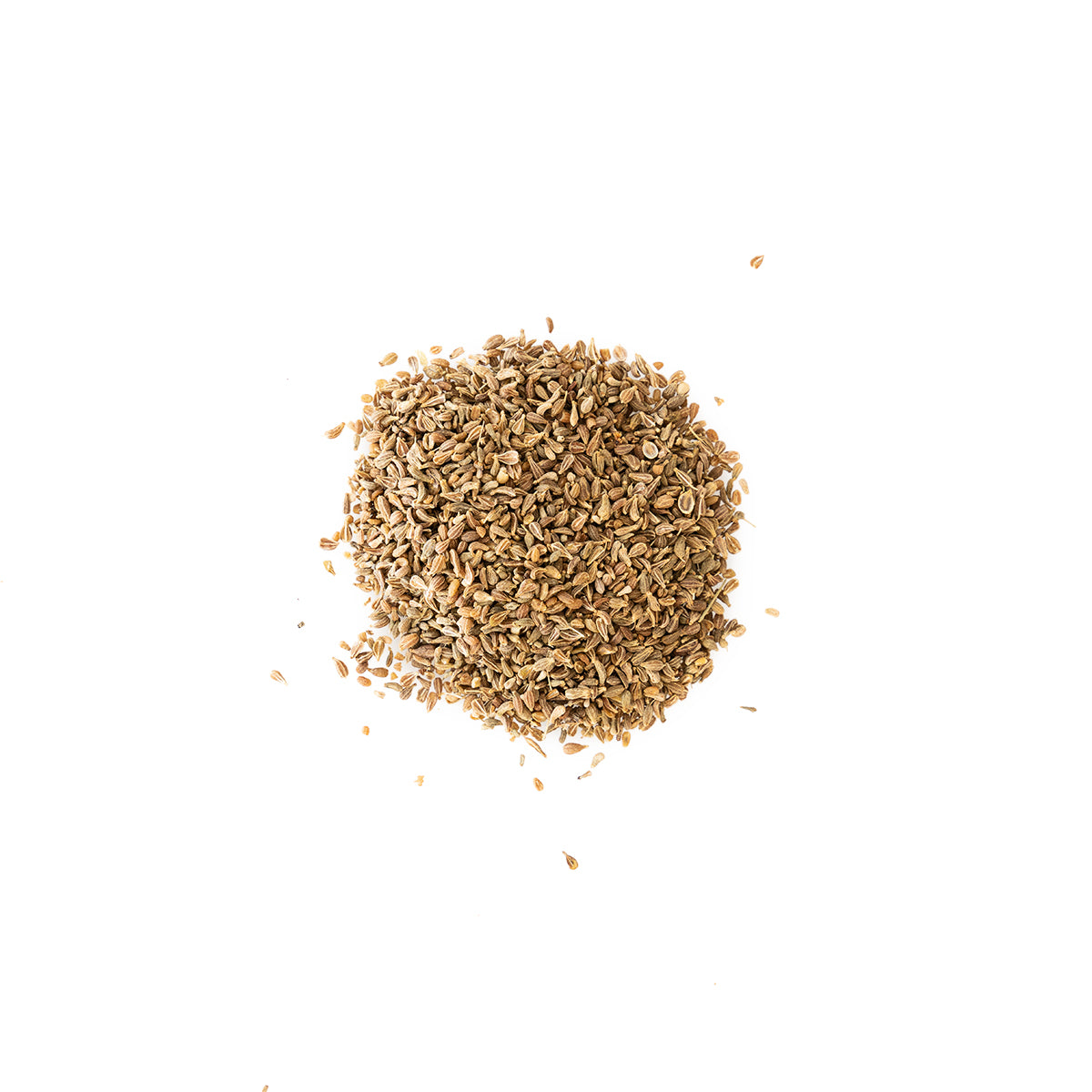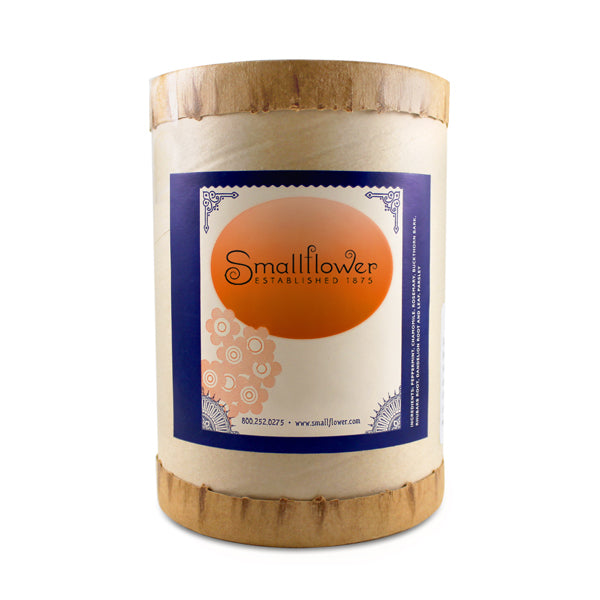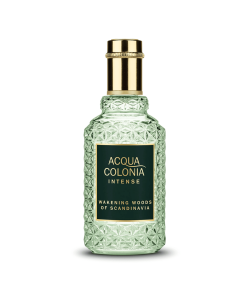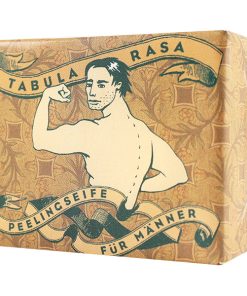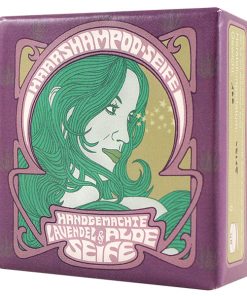Smallflower Anise Seed (Pimpinella anisum) (4 oz) Smallflower
$ 5,75 $ 3,45
Tiny, unassuming Anise Seed. Hard to believe by looking at it that it’s one of the earliest known herbs on earth. Native to the Middle East and Mediterranean regions, Egyptians have been cultivating Anise seed for centuries. It predates Biblical times, being prized by the ancient Romans as a digestive aid to counter their rich ceremonial meals. Many scholars also believe it was so valued in this early history to have been used as currency! And really, it’s no wonder. With its sweet flavor and reputation for easing digestion – Anise seed has continued to find its way into countless baked goods, candies, savory dishes, beverages and liqueurs to this day.
Many unrelated herbs have a flavor profile so similar to Anise seed that they are often considered interchangeable, such as fennel, caraway and licorice. Licorice candies are often made with anise flavor alone and not any licorice at all! The most similar is, of course, is star anise. Considering that they share a name and almost identical flavor profile, it would be forgivable to think they were related or even part of the same plant. In fact, they occupy totally different worlds. Anise seed is a member of the Apiacaea family along with celery, carrot and parsley, and Star Anise comes from a South Asian evergreen tree.
Anise seed makes a wonderful flavoring, and can be added whole to baked goods and savory dishes. It can also be steeped as tea, tinctured, used as a base ingredient for bitters and liqueurs, or ground to be used as a spice.
For many centuries, people from all over the globe have found fresh herbs to be a gentle yet effective health-enhancing blessing. These are our own hand packed loose herbs, packaged in old world apothecary style, air tight brown paper canisters to keep light and moisture out, and freshness in. Use in teas, tinctures, and elixirs.
| Size | 4 oz |
|---|
Fast Shipping and Professional Packing
Our long-standing partnership with UPS FedEx DHL and other carriers around the world lets us offer a range of shipping services. Our warehouse employees will pack all goods to our exacting specifications. Your goods are thoroughly checked and securely secured prior to shipment. We deliver to hundreds of thousands of customers each day in different countries. This shows our commitment to become the biggest online retailer on earth. The warehouses and centers of distribution are located in Europe, as well as the USA.
Orders with more than 1 item are assigned processing times according to each item.
We will thoroughly inspect all items ordered before shipping. The majority of orders will be delivered within 48 hours. It is expected that delivery will take between three and seven days.
Returns
Due to multiple parties which include the factory as well as the warehouse, we are unable to effectively manage inventory. The stock levels may fluctuate at any given time. Be aware that it is possible that your order will run out of stock even after you have made the order.
Our policy lasts for thirty days. We cannot exchange or refund your order if it has been 30 days from the date of purchase.
The item you purchase must be in its original packaging and be unused. The item must be in the original packaging.
Related products
European Soaps
